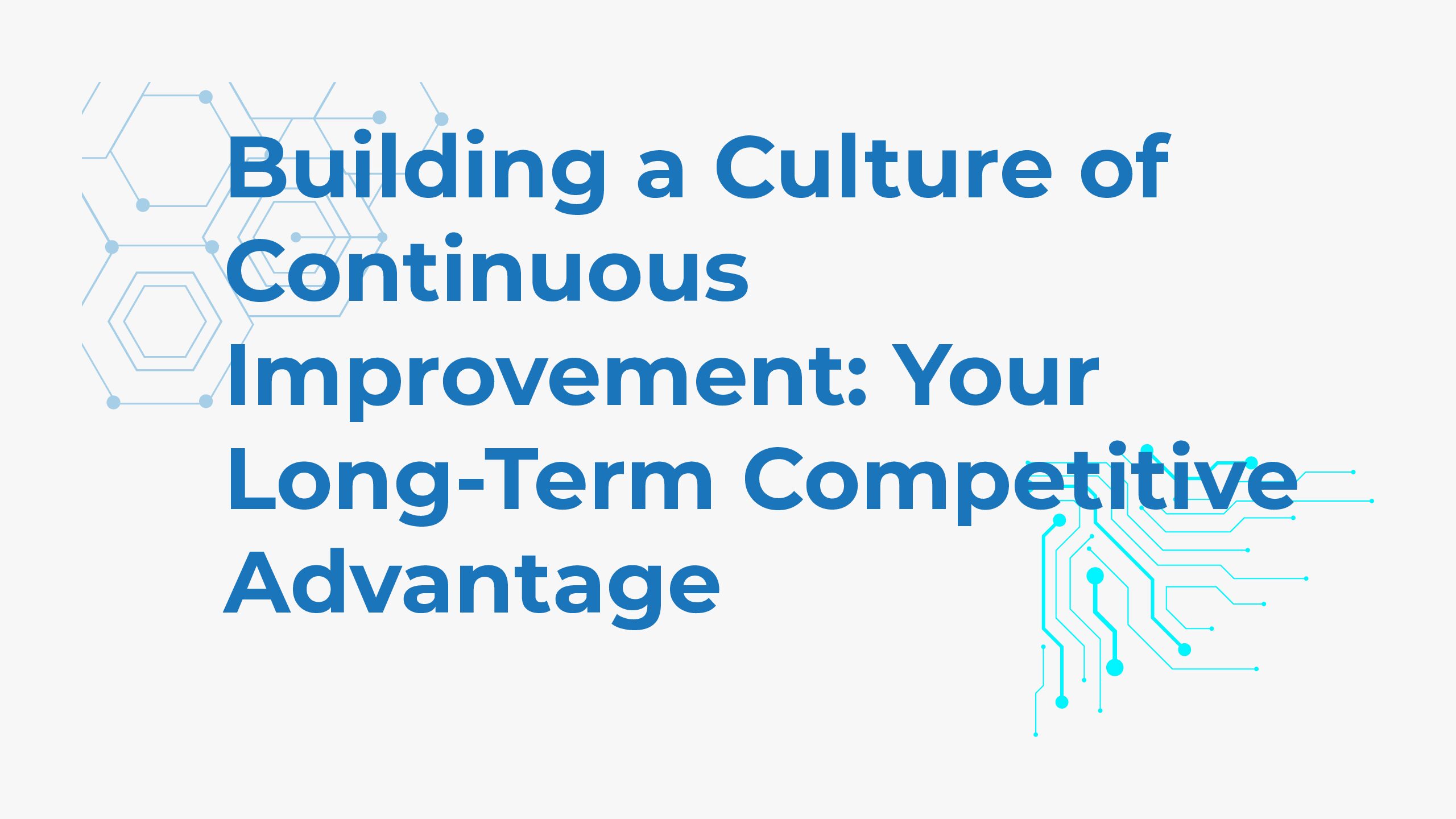
Introduction
In our last post, we explored the technology adoption paradox: how construction leaders often find themselves too busy delivering today’s projects to invest in improvements that could make tomorrow easier.
But the paradox doesn’t stop once you find the right solution.
Even after identifying a technology that fits your needs — and estimating how much time, money, and risk it could save — hesitation often lingers.
And each month of delay quietly turns into a major lost opportunity.
Because every month you wait to implement a solution you already believe in, you’re not just delaying change — you’re leaving money, efficiency, and growth on the table.
Why Delay Feels Safe — But Isn’t
Delay feels comfortable because it avoids immediate disruption.
You don’t have to schedule new training sessions, adjust workflows, or re-align teams.
It allows you to keep moving — for now.
But construction isn’t standing still around you.
Your competitors are finding ways to move faster, reduce risk, and attract better talent.
Every month you delay improvement, you’re not just avoiding change — you’re leaving money, efficiency, and opportunities on the table.
The longer you hesitate, the more these unseen costs accumulate — and the harder it becomes to catch up.
The Real Price of Waiting
Imagine you identify an opportunity to save $100,000 a month by adopting better technology.
On paper, you know the numbers make sense.
But if you wait three months to implement — even with the best of intentions — that’s $300,000 in opportunity lost.
And that’s just the direct savings.
The full cost of delay includes increased project risk, lower margins, missed talent, and lost bids — losses that silently accumulate and become harder to recover over time.
The Full Cost of Delay: Lost Savings, Increased Risk, and Missed Opportunities
Once you realize that every month of delay is costing you real money, it becomes clear that opportunity cost is just part of the picture.
Other hidden costs quietly add up, making delay even more expensive over time:
- Lower Margins: Every manual process, every extra hour of rework, silently eats into your profitability.
- Higher Project Risks: Outdated workflows and delayed improvements increase your exposure to errors, safety incidents, and compliance issues.
- Talent Challenges: Good people expect good tools — and without them, you risk higher turnover, lower morale, and a harder time attracting new talent.
- Missed Bids and Bigger Opportunities: Faster-moving firms position themselves better for larger, more complex projects — while hesitation causes missed chances to grow.
The longer you wait, the more these issues compound, turning short-term hesitation into long-term setbacks.
The Faster You Move, the More You Gain
When you start moving toward improvement, the rewards begin to build quickly.
Every small step you take to modernize your operations not only stops the bleeding of lost opportunities but creates new momentum that fuels future gains.
- Faster Savings: Every improvement you make compounds over time, boosting your bottom line sooner.
- Lower Risk: Better visibility, faster reporting, and improved workflows reduce your exposure to costly mistakes.
- Stronger Teams: Modern tools make your teams’ jobs easier and help you retain and attract top talent.
- Competitive Advantage: Firms that move early aren’t just catching up — they’re setting the pace for everyone else.
The sooner you start, the sooner your organization begins to shift from playing defense to playing offense — building strength, resilience, and leadership in your markets.
Final Thoughts
Inaction might feel like the safer choice at the moment, but it’s often the most expensive risk you can take.
Every month you wait, you’re not just delaying progress — you’re losing real savings, real opportunities, and real momentum.
You don’t have to launch a massive change overnight.
In fact, moving forward is often easier, more manageable, and less disruptive than it first seems.
Small, smart steps can create powerful momentum — without overwhelming your teams or distracting from critical work.
The firms that thrive aren’t the ones who wait for the perfect time.
They’re the ones who recognize that steady improvement beats standing still — every single time.
In the next post, we’ll show how starting small — with the right mindset and approach — can make technology adoption not just possible, but practical and successful for your teams.
Don’t let today’s comfort cost you tomorrow’s advantage.
Take the first step — and start building your future, one smart move at a time.



